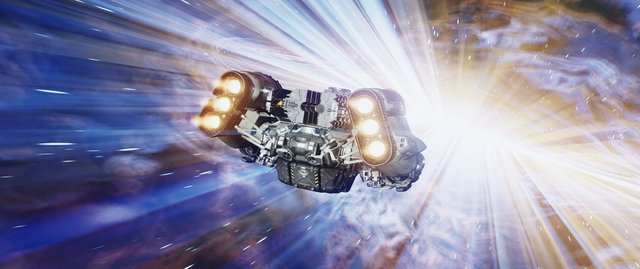Behind the scenes of Starfield, where you can explore a thousand new worlds among the stars
If you’ve ever dreamed of launching into space and exploring new worlds, a much-anticipated new video game can take you there in rich detail and immersive storytelling.
With Starfield, the first new universe from Bethesda Game Studios in 25 years, your role-playing journey can lead to more than 1,000 planets. It’s available day one on Xbox Game Pass on Sept. 6, and on Xbox Series X|S consoles, Windows PCs and Steam.
“We love the idea of exploring space and always wanted to turn it into a game. People love to get lost in games we build, and we do as well,” says Todd Howard, game director and executive producer of Bethesda Game Studios, which Microsoft acquired through parent company ZeniMax Media in 2021. “This one is easily the most ambitious one we’ve built. It’s something we’ve really poured ourselves into over a long period of time.”
Inside Bethesda Game Studios (BGS), known for critically acclaimed role-playing franchises like the fantasy-based Elder Scrolls and the post-apocalyptic Fallout, most of the studio staff were committed to developing Starfield. Howard says the studio trademarked the name and drafted initial concepts in 2013, then began development in earnest after the release of Fallout 4 in 2016.
The team worked for years to make Starfield an enthralling, open-ended adventure. It’s up to players to create their own unique story, changing it up to build ships and outposts, or explore at will.
“You have the agency,” Howard says. “You’re the one deciding.”
For those who are more goal-oriented in their gaming, there are storylines filled with quests and missions, such as the chance to join a group of explorers trying to find the answers to some of humanity’s biggest questions.
From the beginning, the studio’s producers knew they wanted to go big with the game, simulating not just galaxies and planets but everything on them: cultures, native wildlife, religions, mythologies, back stories, cities and characters. Players can customize almost everything in the game, from the ship they pilot to their own character, their combat style and more.
Because the game can go in whatever direction a player chooses, it can be playful, too.
“Our mission was to convey the wonder and majesty of space exploration, to evoke the romance of the golden age of early spaceflight. And we’ve been referring to this approach as NASA Punk,” says Istvan Pely, art director. “This means a design language where the tech is advanced, yet still looks grounded and relatable.”
And that doesn’t just apply to the ships. In Starfield, planets look and feel realistic, as do their inhabitants, wildlife, architecture and more. And each is thoroughly aligned to their particular star systems. While much of these worlds came from the creative minds at Bethesda, the team did research to stay true to that real-world feeling.
Being located close to Washington, D.C., BGS teams were able to visit and talk to local experts at the nearby National Air and Space Museum and NASA Goddard Space Flight Center. Howard also visited SpaceX in California. They talked to people with experience in space programs about possible futures and incorporated those ideas as they did their research, with some diving deep into previous space missions and highly technical documentation.
